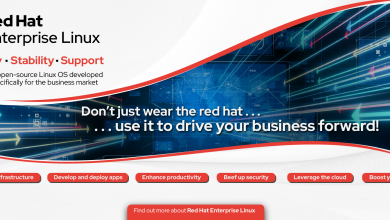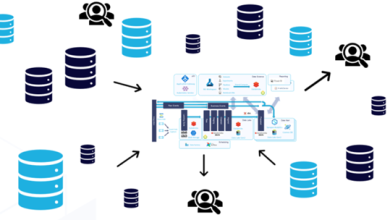Blogs
-

The Mainstream OS for Cloud Businesses: A Look at RHEL’s Dominance
The cloud has emerged as an essential instrument for businesses to adapt to the ever-changing business climate and maintain their…
Read More » -

From Data Warehouse to Data Mesh: The Evolving Needs of Data and Data Architectures
What data fabric and data mesh are today, was what data warehouse was in its heyday—the next big thing, a…
Read More » -

5 Use-Cases of Stream Processing That Demonstrate Its Business Value
Data is the biggest differentiator in a cutthroat business landscape. While today’s enterprises have access to tremendous amounts of streaming…
Read More » -

Building Your Zero-Trust Network Access on an Enterprise Security Foundation
Work-From-Home (WFH) and Work-From-Anywhere (WFA) approaches soared during the pandemic, and organisations (and their employees) haven’t looked back! Globally, businesses…
Read More » -

Modern Warehouse Management System: A Game-Changing Solution To An Ongoing Problem
The goal of warehouse management is to ensure that all activities within a warehouse are well-organised, managed, and maintained. It…
Read More » -

How OpenShift Enables a Cloud-Like Experience Everywhere
The capacity to achieve cloud-like performance, simplicity and efficiency in a containerised medium is very appealing. Managing infrastructure on-premises, in…
Read More » -

How Red Hat Edge Can Give You an Edge . . . at the Edge
At first glance, Red Hat and the edge may seem like binary opposites. When you hear Red Hat, you would…
Read More » -

The SaaS-y Way to Upgrade Your Organisation’s ITSM
Companies that use technology—and we assume yours is one of them—need Information Technology Service Management (ITSM). ITSM is the strategic…
Read More » -

Meeting Your AI Goals With a Cloud-Native Machine Learning Platform
Self-driving cars that zoom seamlessly on the road, smart city and intelligent video surveillance systems, instant machine translation in any…
Read More » -

The Business Value of Red Hat Solutions Compared to Free Versions
When it comes to enterprise software, businesses often choose “open-source” (typically associated with the word “free”) software in part because…
Read More »

